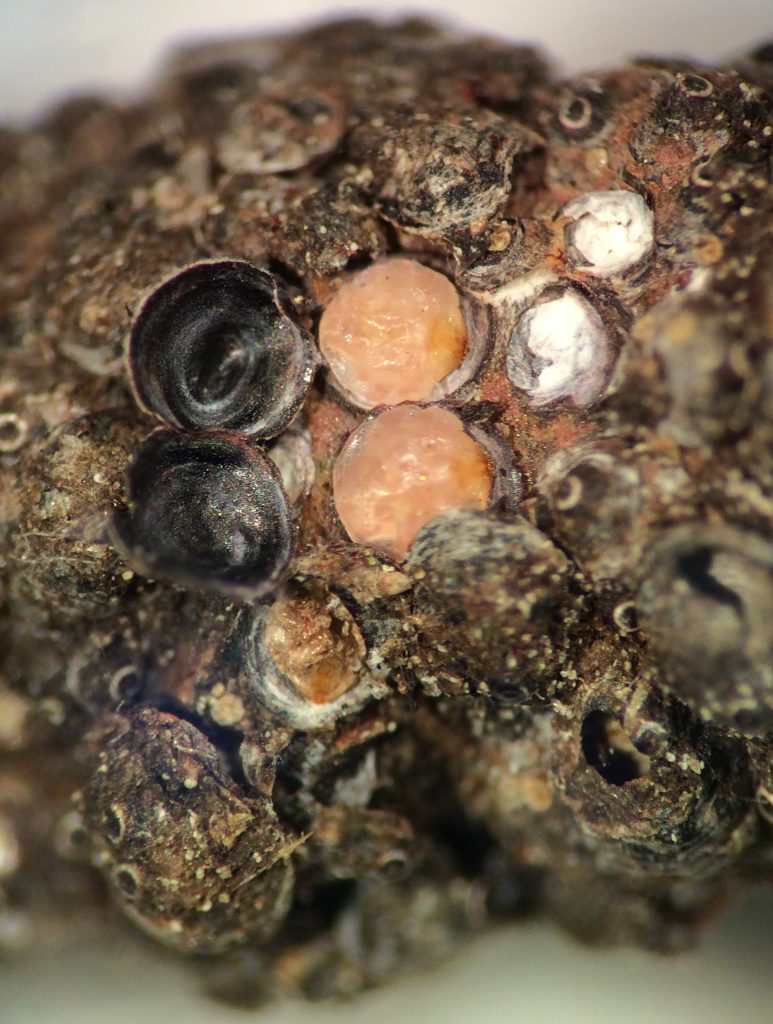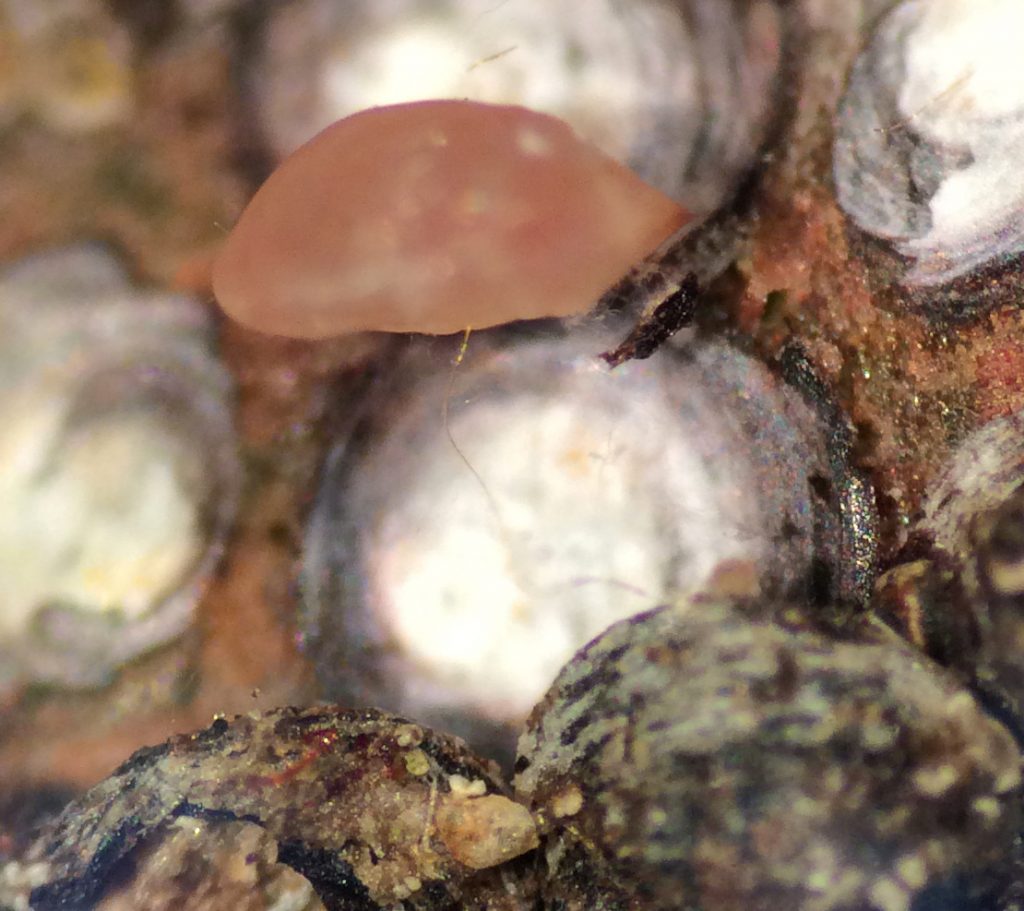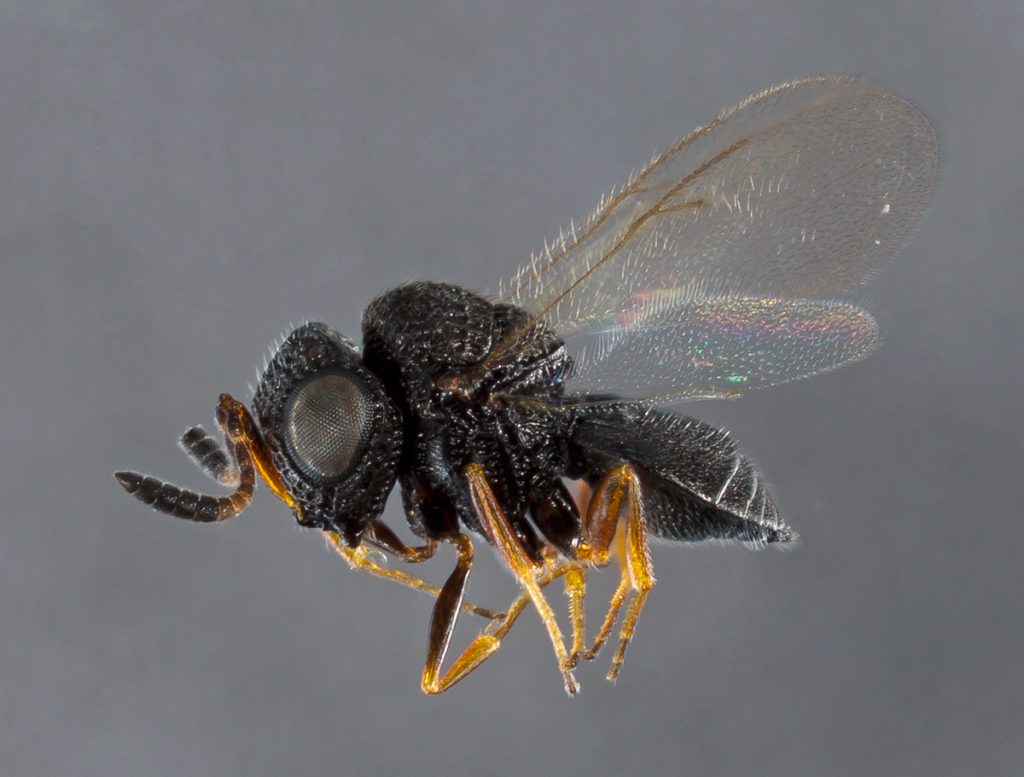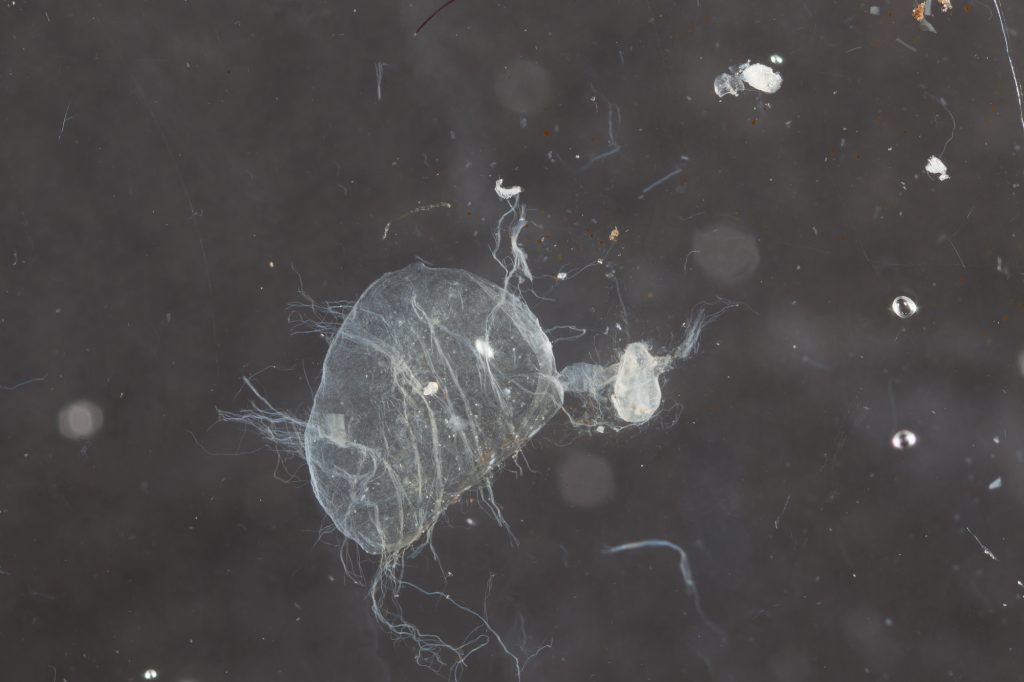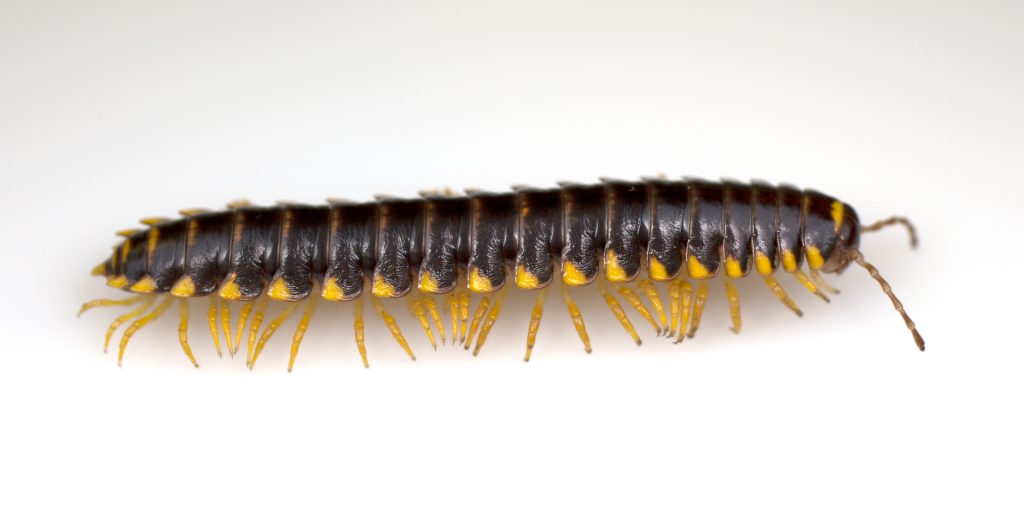
Appalachioria separanda calcaria (Blacksburg, VA)
Here’s a local cyanide-producing millipede from near Virginia Tech’s campus. In 1959, William Keeton (then a student at VT) described this species based on specimens collected from Blacksburg, Riner and Radford, Virginia. This species is endemic to just a few spots in SW Virginia and S West Virginia, which are the only places in the world where this millipede occurs. (Thanks to Jamie Wahls, a graduate student in the Entomology Department, for sharing his discovery.)
Photo by P. Marek and T. McCoy (Canon 6D, 50 mm lens, 1/60 s, 5.6 f)
Keeton, W. T. (1959). A revision of the milliped genus Brachoria (Polydesmida: Xystodesmidae). Proceedings of the United States National Museum, 109: 1-58.

